7 Free Children's Furniture transparent PNG images
Welcome to our Children's Furniture image collection, featuring 7 free AI-generated images. Explore a diverse array of stock photos, 3D objects, vectors, and illustrations showcasing charming and functional furniture designed for kids. Enjoy high-resolution downloads and use our 'open in editor' feature to customize prompts for your perfect children's furniture image.
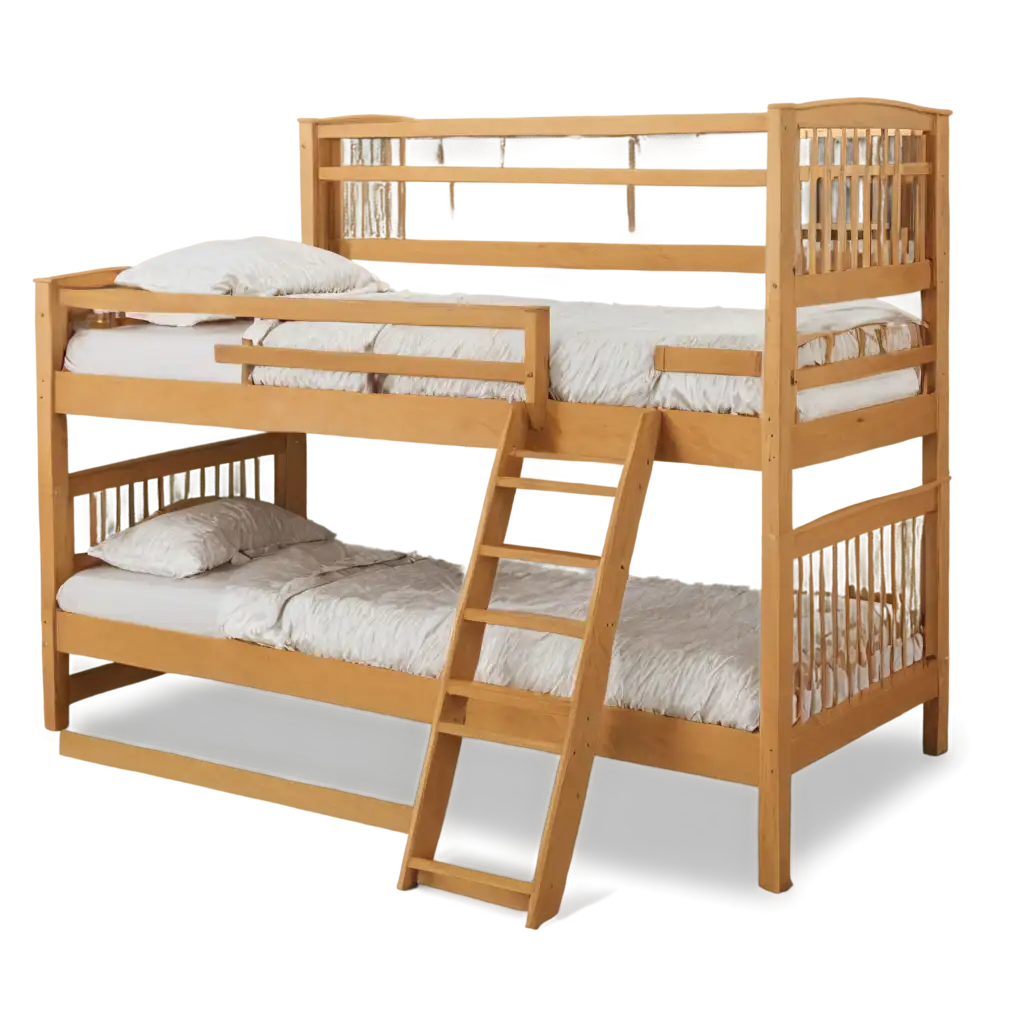
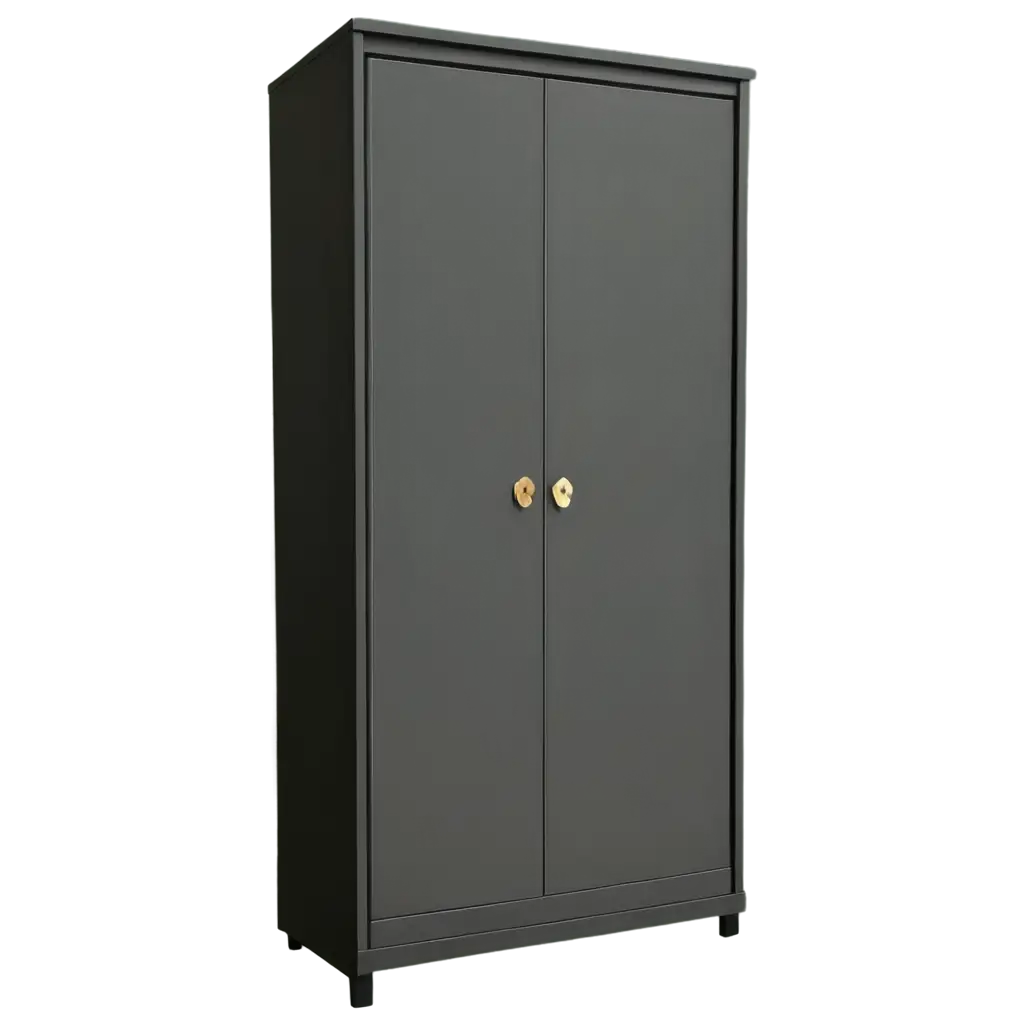
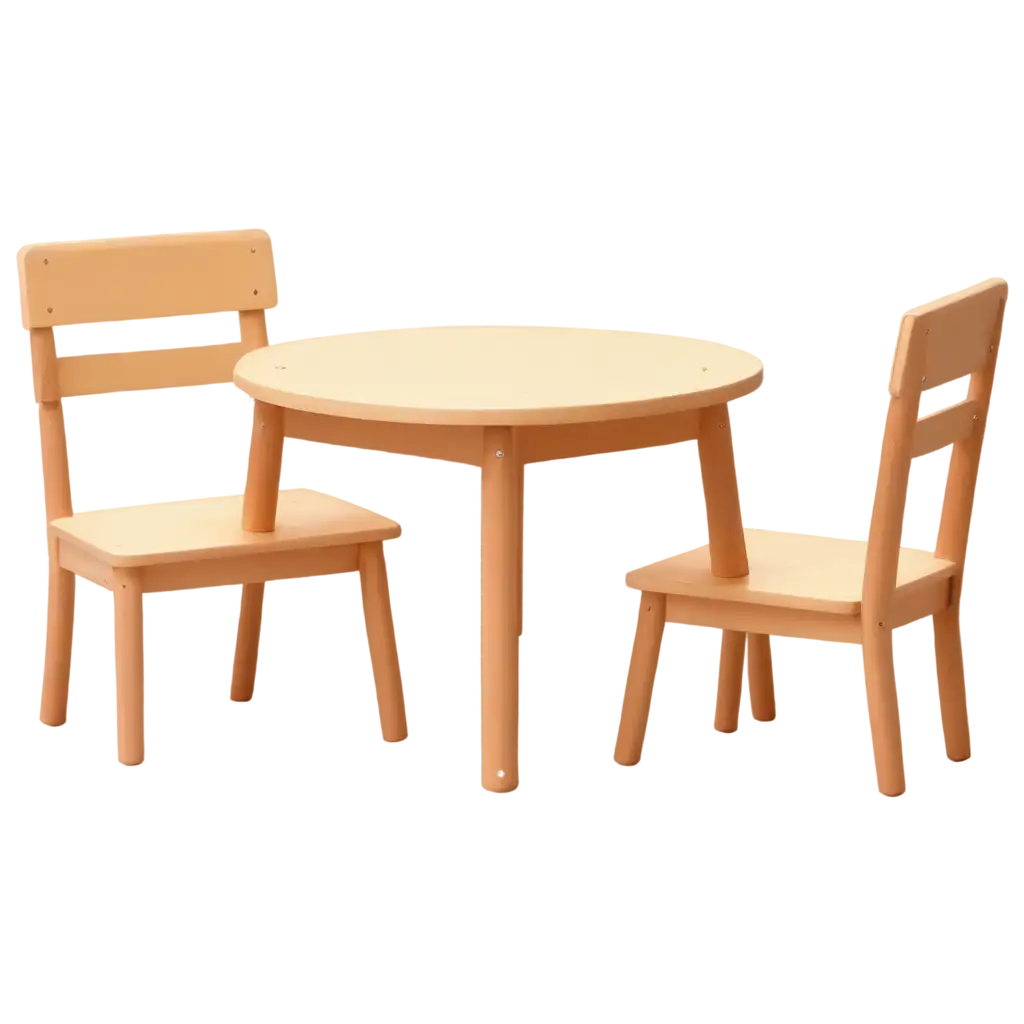
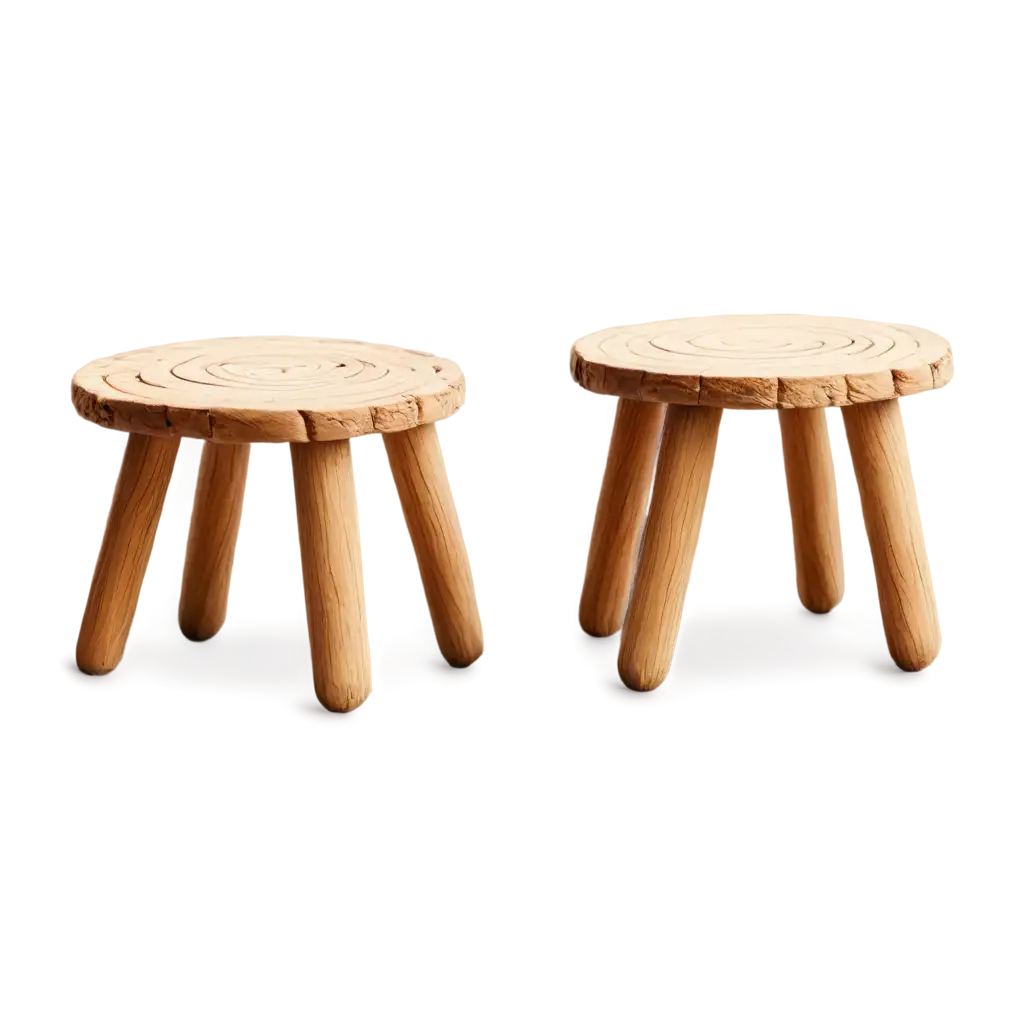
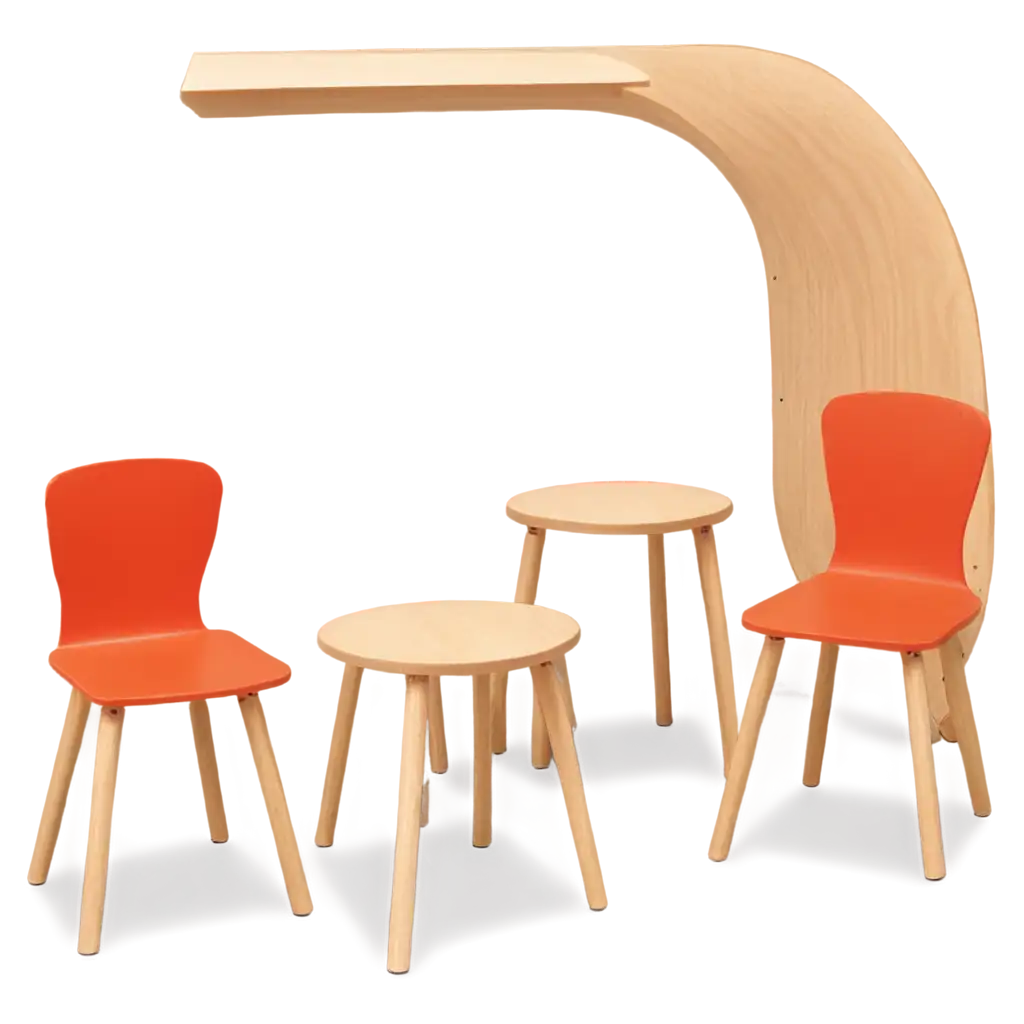
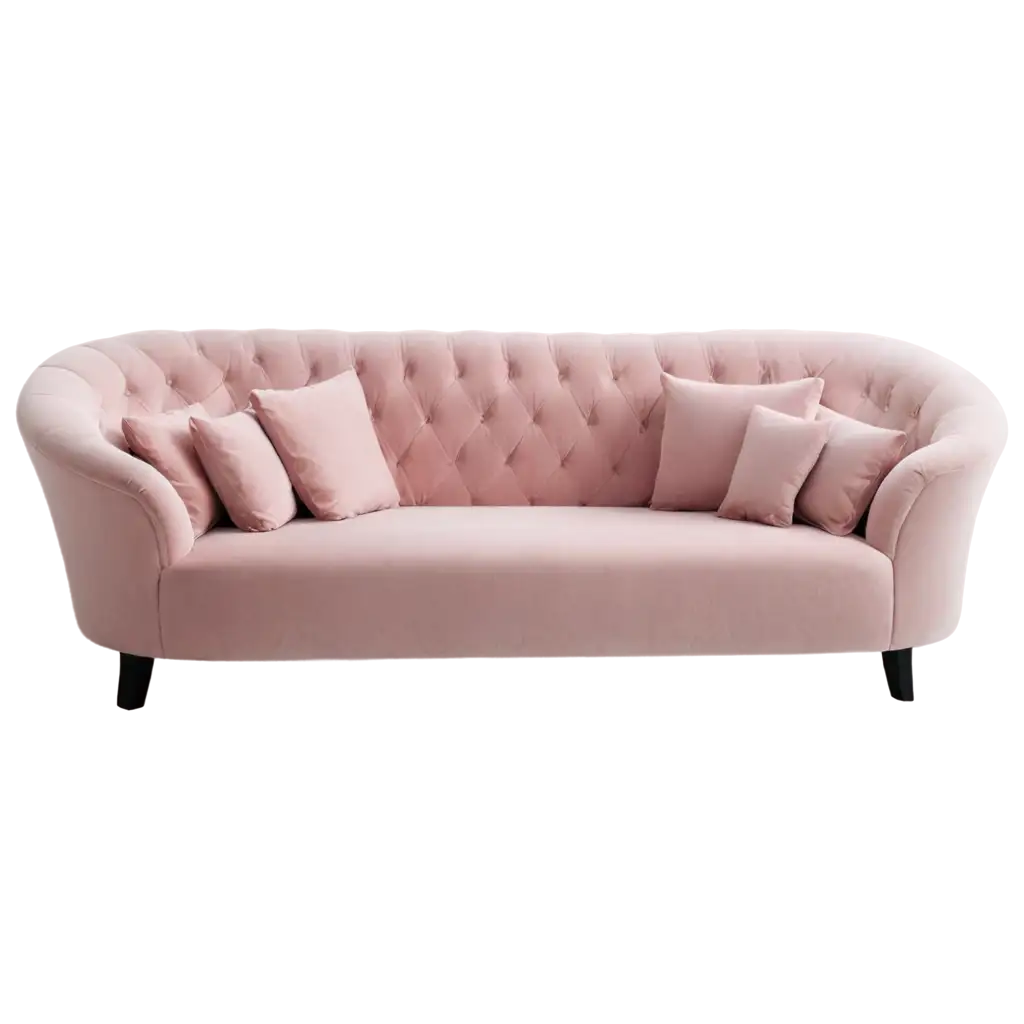
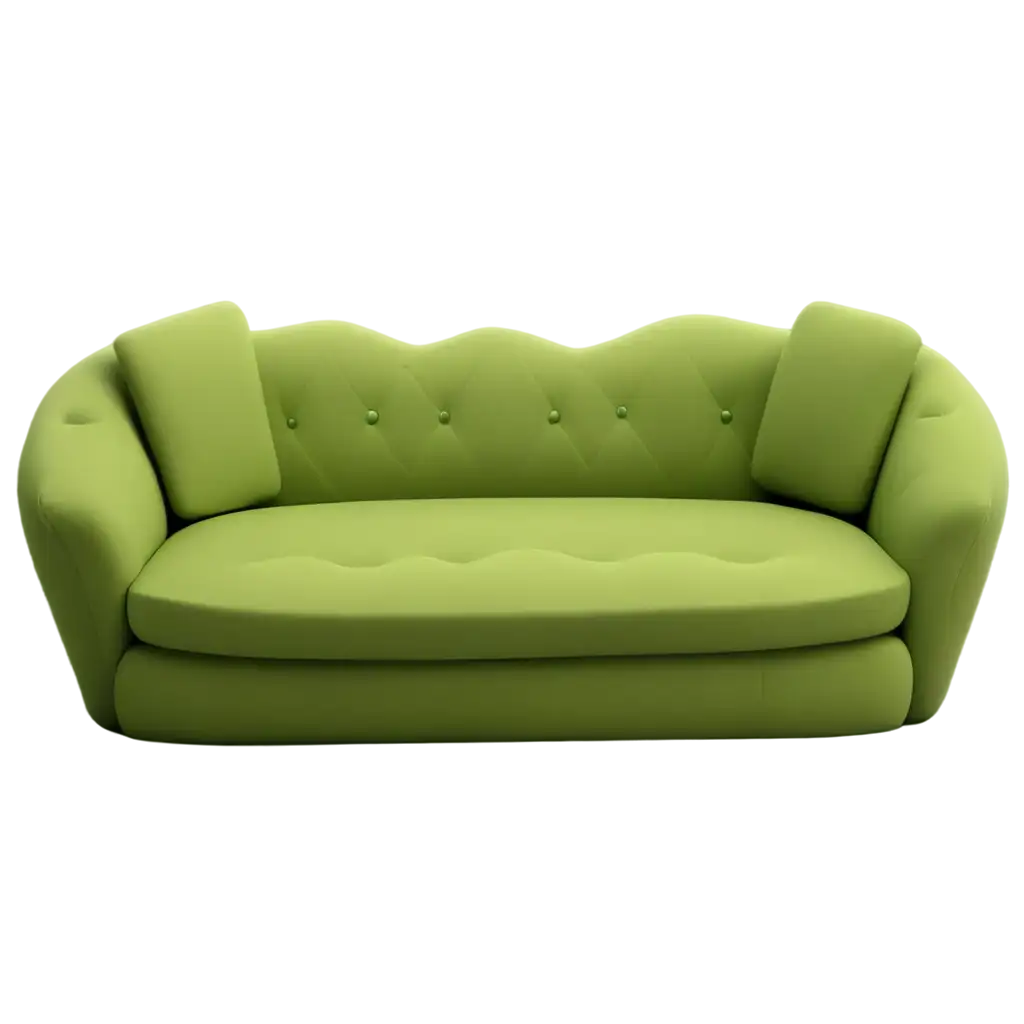
Related Tags
Children's furniture has come a long way from simple, scaled-down versions of adult pieces. The evolution of children's furniture design reflects changing attitudes towards childhood, safety standards, and educational philosophies. In the early 20th century, designers began creating furniture specifically for children, focusing on functionality and durability. The mid-century saw a shift towards more playful designs, incorporating bright colors and whimsical shapes. Today, children's furniture often combines ergonomic design, safety features, and educational elements, catering to both children's needs and parental concerns. Innovative materials and smart technology are also being integrated, creating furniture that grows with the child and adapts to various developmental stages.
Evolution of Children's Furniture Design
Modern children's furniture is characterized by its versatility, safety, and child-centric design. Key features often include rounded edges, non-toxic materials, and adjustable components. Popular types include convertible cribs that transform into toddler beds, height-adjustable desks and chairs, and multifunctional storage units that double as play areas. Themed furniture, such as race car beds or princess castles, remains popular for adding a touch of imagination to children's rooms. Sustainable and eco-friendly options are also on the rise, with furniture made from recycled materials or sustainably sourced wood. Additionally, modular furniture systems that can be reconfigured as the child grows are gaining popularity, offering long-term value and adaptability.
Key Features and Types of Modern Children's Furniture
Well-designed children's furniture plays a crucial role in supporting physical, cognitive, and emotional development. Ergonomically designed chairs and desks promote good posture and comfort, which is essential for concentration during study or creative activities. Furniture that encourages organization, such as labeled storage bins or child-height shelves, helps develop tidiness habits and a sense of responsibility. Play-oriented furniture, like climbing frames or art stations, stimulates physical activity and creativity. Moreover, furniture that allows for customization or personalization can boost a child's sense of identity and ownership of their space. The colors and designs of children's furniture can also influence mood and behavior, with certain hues known to promote calmness or stimulate activity.
Impact of Children's Furniture on Child Development
The future of children's furniture is likely to be shaped by technological advancements, environmental concerns, and evolving educational approaches. We can expect to see more 'smart' furniture incorporating digital features, such as desks with built-in tablets or beds with sleep-tracking capabilities. Sustainability will continue to be a major focus, with an increase in furniture made from recycled or biodegradable materials. Adaptive and transformable furniture will likely become more sophisticated, potentially using shape-memory materials or modular systems that can be easily reconfigured. There may also be a trend towards furniture that encourages physical activity to combat sedentary lifestyles, such as standing desks for kids or furniture with built-in exercise components. Lastly, as the importance of STEAM (Science, Technology, Engineering, Arts, and Mathematics) education grows, we might see more furniture designs that incorporate educational elements or support hands-on learning experiences.
Future Trends in Children's Furniture Design